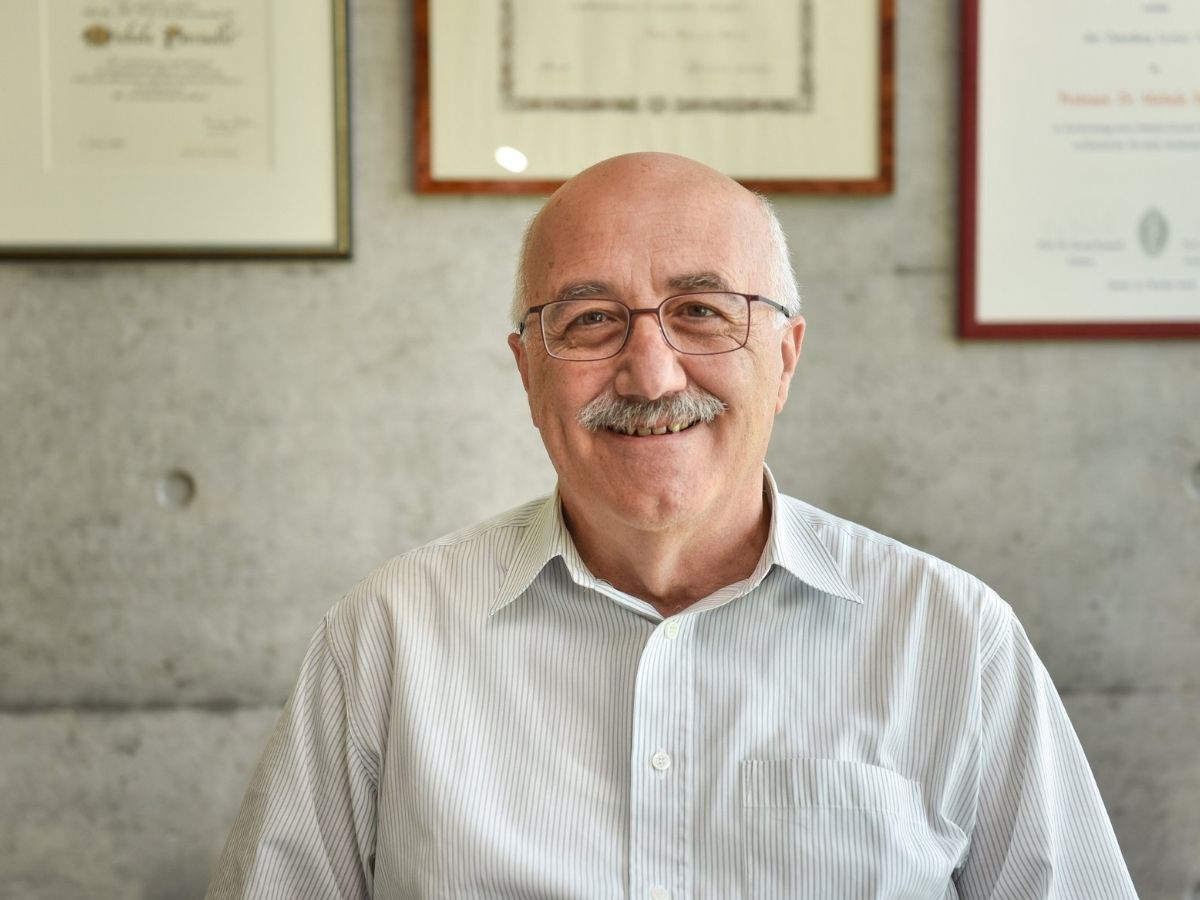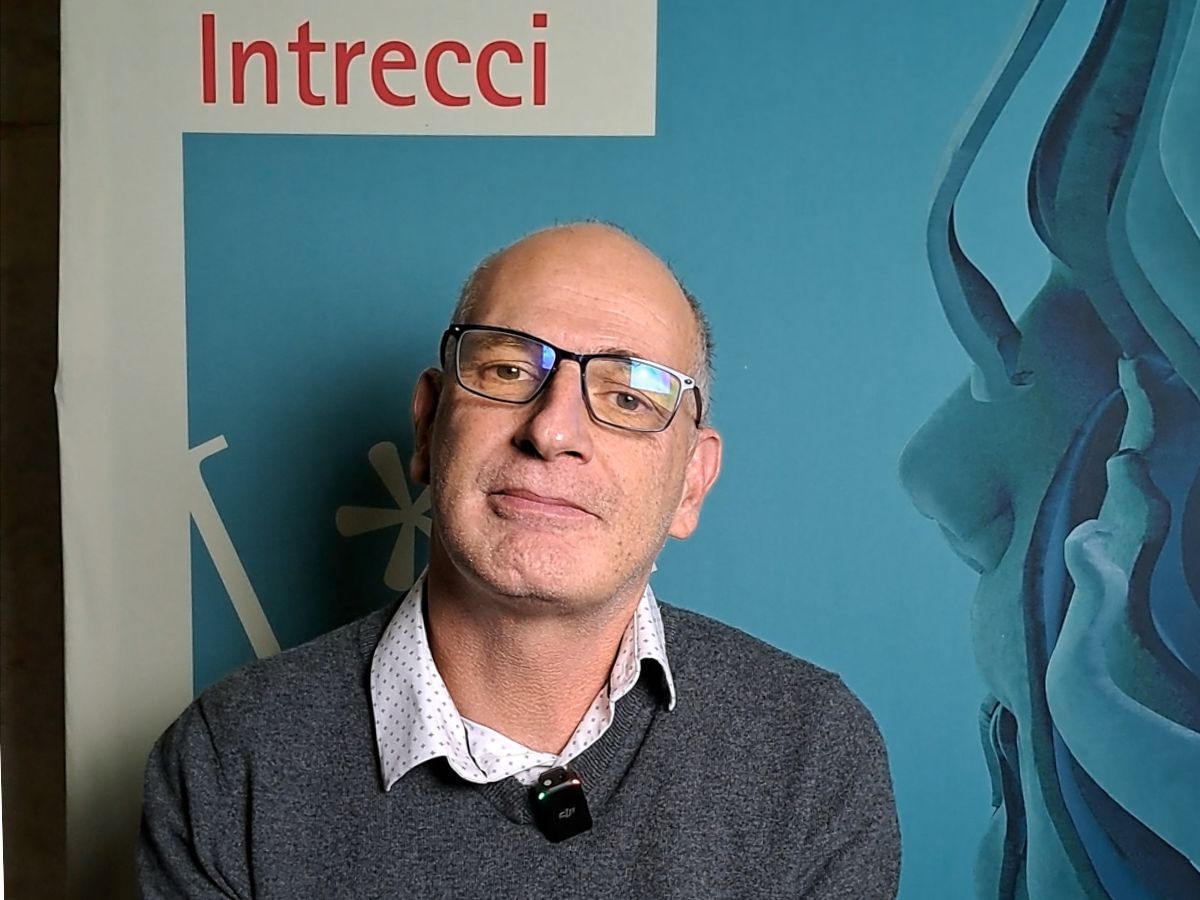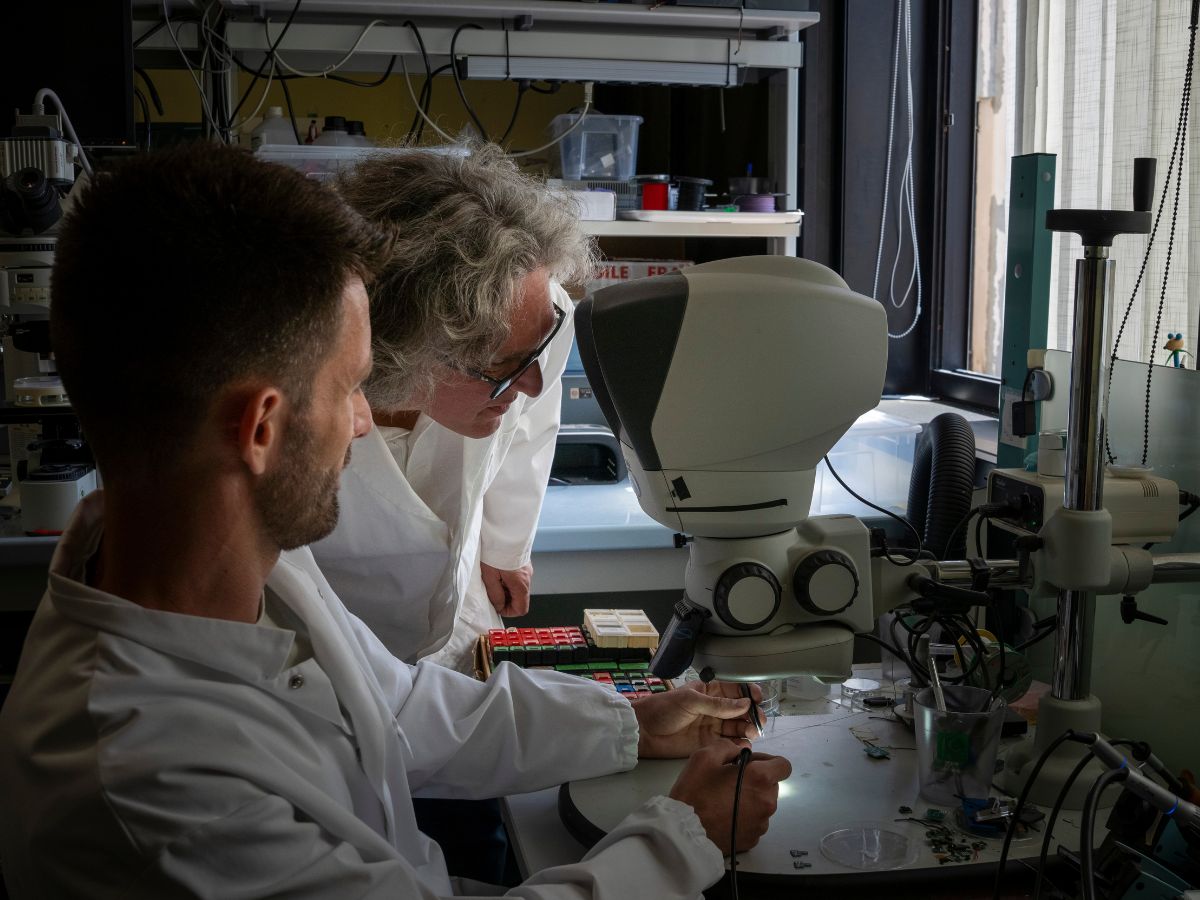We publish with the kind permission of Repubblica Genova, whom we thank, the contribution of Alberto Diaspro
In the age of data that produce information and enable predictions of all kinds, molecular dynamics, a method of theoretical physics based on the computational simulation of a system of multiple interacting atoms or molecules that projects their past into the future, reveals its fundamental role in that crucial transition between basic research and the application of research.
Imagine being able to follow in slow motion how matter made up of atoms organizes itself to perform a function, from materials science to biological systems, including those related to oncological or neurodegenerative pathologies, and those that involve the study of viral infection mechanisms and the effect of possible prevention or treatment. The scope of applications of molecular dynamics is vast. I cannot forget the pioneering lessons of the 1980s taught by Sandro Ridella, between the Institute for Electronic Circuits of the CNR and the Department of Biophysical Electronic Engineering at the University of Genoa when he assigned tasks to students that seemed specific but were actually universal: the role of the electric field in the molecular model of water. These were frontier studies in Genoa. Numerical solutions to be compared with experimental data in the multidisciplinary spirit that has always characterized scientific and technological research in the Genoa area.
In these days, the news of a significant recognition for Michele Parrinello in the field of molecular dynamics fills the Italian Institute of Technology with pride, where he leads his research group “Atomistic Simulations.” This is the Natta Award from the Polytechnic University of Milan, which seals the research in Liguria with theoretical and technological developments. The imperious Giulio Natta had been awarded the Nobel Prize with Karl Ziegler in 1963 for their discoveries in the field of chemistry and polymer technology: isotactic polypropylene, those stereospecific polymers known to most as Moplen, Meraklon, Mopeflan, with such extraordinary chemical and mechanical properties as to revolutionize the lives of people. A revolution that has lost sight of environmental sustainability, the driving force of the “ecological transition.” It is evident how important it is to study the basic aspects that link thermodynamics and the physics of matter in order to propose concrete solutions rather than giving lessons without any basic knowledge other than the words taken from book titles to be studied or short enough to be repeated like the guitar riff of Deep Purple in “Smoke on the water” or the “ostinato” of Maurice Ravel’s Boléro. Declaring “bla bla” for legitimate protest, an international onomatopoeic expression, to indicate words and promises without structure, gains power if those who use it have humbly studied the fundamentals of physics, chemistry, and biology that allow them to understand the term “environmental sustainability.” It’s not about handling molecular dynamics, but at least knowing the second law of thermodynamics.
The example of Michele Parrinello is important, the inventor of the revolutionary “Car – Parrinello” method, developed in collaboration with Roberto Car, which combines the calculation of electron energy with real-time molecular dynamics simulation. After all, matter is made up of atoms, as Feynman reminded his students, a Nobel laureate for his studies in quantum electrodynamics and the father of practical nanotechnologies. The recognition of Michele Parrinello is motivated by “the exceptional contribution to the development of research in the field of molecular dynamics and the progress of this discipline,” highlighting the significant advancements in the development of computer simulations of molecular dynamics, a cornerstone of contemporary science. From academia to industry, Parrinello’s ideas are used worldwide and have led to applications to current problems, from the development of new drugs and new energy materials to low-impact chemical processes. It is the beauty of study and research. In the bicentenary of Fyodor Mikhailovich Dostoevsky, let us reread the words of Prince Myshkin in “The Idiot,” the masterpiece of the positively good man: “Pure Beauty will save the world” (P. Citati, Dostoevsky – without measure. Russian essays, Repubblica, 2021).





